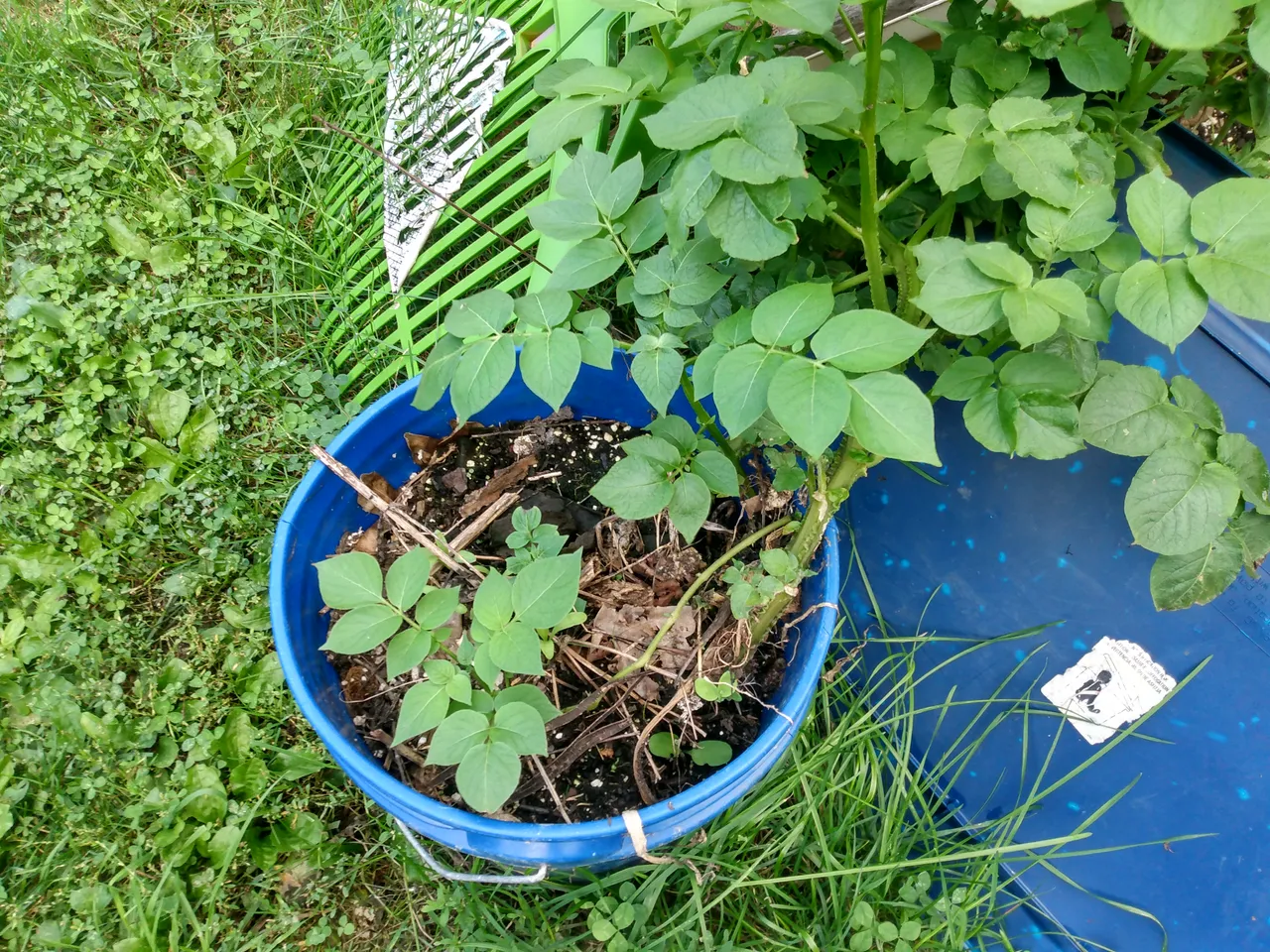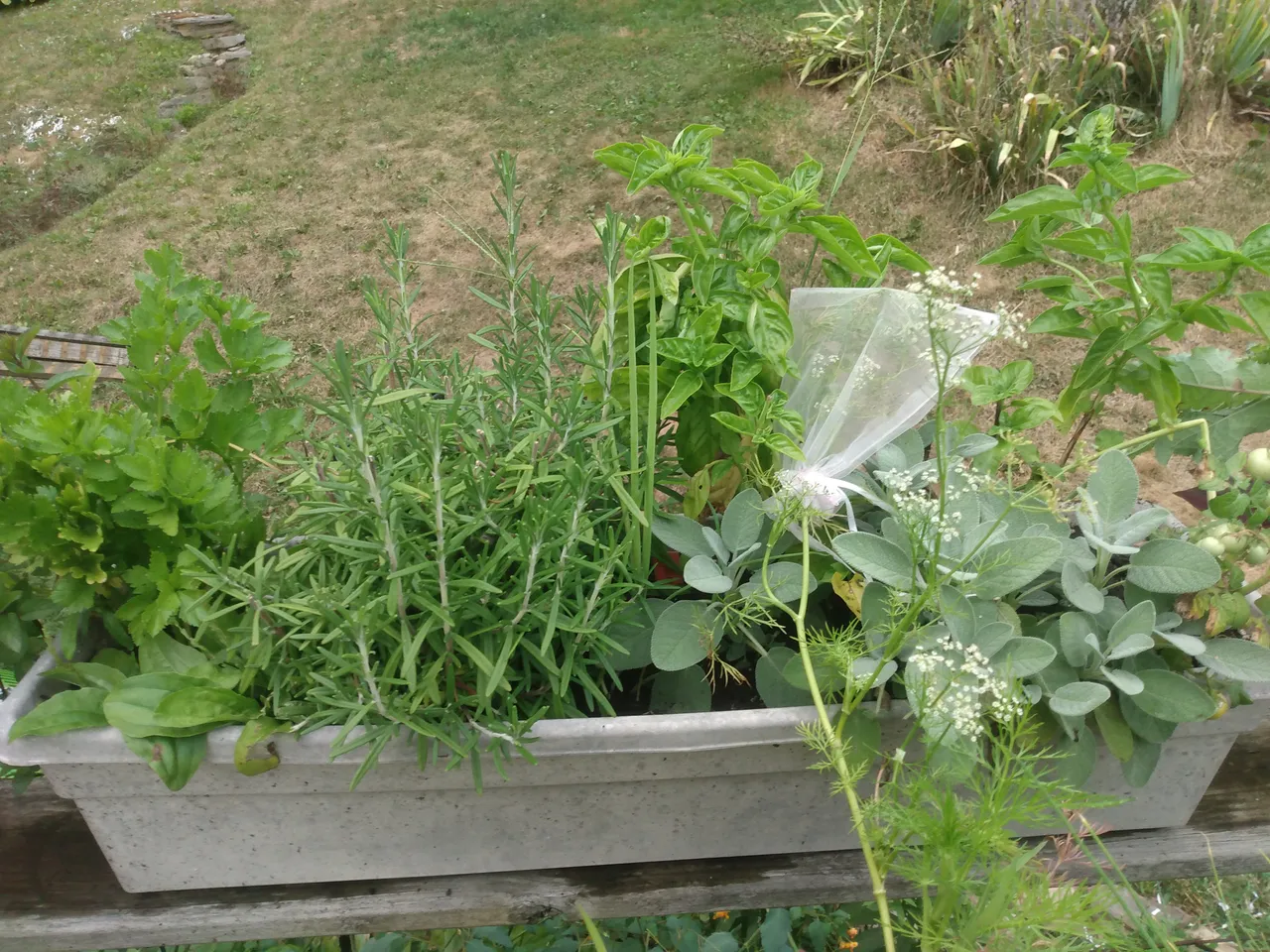It's great to see you all again for another post from the homestead! Among our many other growing experiments here at ArborVilla, every year we grow some things in pots or buckets. Container gardens (like everything else) have their pros and cons, and I'll go over some of them in this post.
I know you homesteaders value your time, so without further fancy wordwork...
Pros of container gardening
- Portability - Plants in small pots are easy to move around, which makes container gardening ideal for many sensitive plants that may have to be moved indoors during unpredictable weather. This is also a handy tool when you're looking for 'just the right spot' for new plants.
- Accessibility - Containers can be placed on stands, making it easier on your back when it's time to prune, harvest, or otherwise tend your potted plants.
- Economy - Containers only use a small amount soil for most plants, and almost anything can be used as a container, so they are a very efficient solution if you live in a place where the native soil is not suitable for plant growth.
- Visibility - If, like me, you sometimes forget to check on things that are new to your routine, containers make it easy to place plants in a spot where they're impossible to ignore. This is very handy for plants that have a low tolerance for neglect.


There are other benefits to container gardening, but these primary points paint a perfect picture of its overall usefulness. One large benefit that I left out of the bullet points is that containers can be used to grow things other than just plants. Containers for growing earthworms and mealworms are common, and I've even seen setups where people were growing crawdads and fish in buckets and barrels.


Cons of container gardening
- Scarcity - Because there is a finite amount of soil in the container, there will also be a finite amount of nutrients and water, so you have to keep a very close eye on your potted plants. Some of our container plants need watering several times a day during the summer, and feeding about once a week.
- Stability - Plants that are doing well in containers will very quickly become top heavy, making them easy to knock over. Wind will sometimes wreak havoc on our outdoor potted plants during thunderstorms.
- Maintenace - Potted plants will generally need a bit more care than plants grown in the ground outdoors. Short term plants will need more pruning and growth control, and long term plants will need to have their roots trimmed and/or be repotted.


There's a plethora of pernicious points to potted plants, but the bullet points are the big three for me. Some years we've also had problems with new pests or diseases among our potted plants, but this is just a danger, not a guaranteed downside.


We also grew dill, fennel, and carrots in containers this year, but I haven't yet found my good pictures of them. We also have a number of potted plants that are just decorative, which I'll talk more about in a different post for the Indoor Plants community.
I hope you've enjoyed this brief informative tour of our potted herbs and vegetables. As always, I'm happy to answer any questions you may have in the comments below.
I hope you can all 'contain' your anticipation, until next time...
